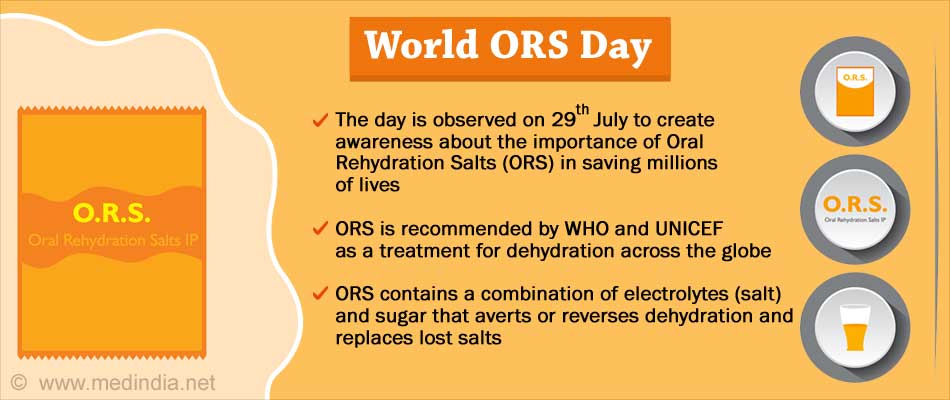
Prolonged exposure to fine particulate air pollutants (PM2.5) could elevate the likelihood of seniors being hospitalized for diverse cardiovascular conditions. ()
“The timing of our study couldn’t be more critical, and its implications are profound,” said lead author Yaguang Wei, research associate in the Department of Environmental Health. “Our findings quantify the benefits of implementing stricter air pollution control policies—even stricter than the Environmental Protection Agency’s new standards, which are considerably higher than the 5 micrograms per cubic meter standard set by the World Health Organization.”
On Feb. 7, the Environmental Protection Agency (EPA) announced its updated National Ambient Air Quality Standards, lowering the country’s permissible average annual PM2.5 level from 12 micrograms per cubic meter (μg/m3) to 9 μg/m3. The study is published online in The BMJ.
The researchers examined the hospital records and PM2.5 exposure levels of nearly 60 million Medicare beneficiaries, ages 65 and higher, between 2000 and 2016. Drawing from a variety of air pollution data sources, they developed a predictive map of PM2.5 levels across the contiguous U.S. and linked it to beneficiaries’ residential ZIP codes.
The researchers followed each beneficiary each year until their first hospitalization for any of seven major subtypes of cardiovascular disease (CVD): ischemic heart disease, cerebrovascular disease, heart failure, cardiomyopathy, arrhythmia, and thoracic and abdominal aortic aneurysms. They also looked at the risk of first admission for a composite of the CVD subtypes.
Impact of PM2.5 Levels on Senior Cardiovascular Health
For composite CVD, the study found that when chronic exposure to PM2.5 was between 7 and 8 μg/m3, representative of the current national average level, on average the risk of hospitalization for cardiovascular disease in seniors was 3.04% each year. For comparison, when chronic exposure to PM2.5 met the WHO guideline of below 5 μg/m3, on average the risk of hospitalization for CVD was 2.59% each year. Based on these estimates, researchers calculated that lowering annual average PM2.5 levels from 7-8 μg/m3 to below 5 μg/m3 could decrease overall cardiovascular hospitalizations by 15%.
Did You Know?
Persistent exposure to fine particulate air pollutants (PM2.5) may heighten the risk of cardiovascular hospitalization among seniors.
Even given this improvement, the findings suggest that to protect overall cardiovascular health, there is no safe threshold for chronic exposure to PM2.5, say the researchers. They also observed that the health risks of chronic PM2.5 exposure remain substantial for at least three years, and that they disproportionately impact people with lower educational levels, limited access to health care, and who live in socioeconomically deprived neighborhoods.
“Stronger efforts are urgently needed to improve air quality and thereby alleviate the burden of cardiovascular disease—a leading cause of death and a major contributor to health care costs,” said senior author Joel Schwartz, professor of environmental epidemiology. “Our findings indicate that the EPA’s newly updated PM2.5 standard is clearly insufficient for the protection of public health.”
Advertisement
Reference:
- Exposure-response associations between chronic exposure to fine particulate matter and risks of hospital admission for major cardiovascular diseases: population based cohort study – (https://www.bmj.com/content/384/bmj-2023-076939)
Source-Eurekalert



